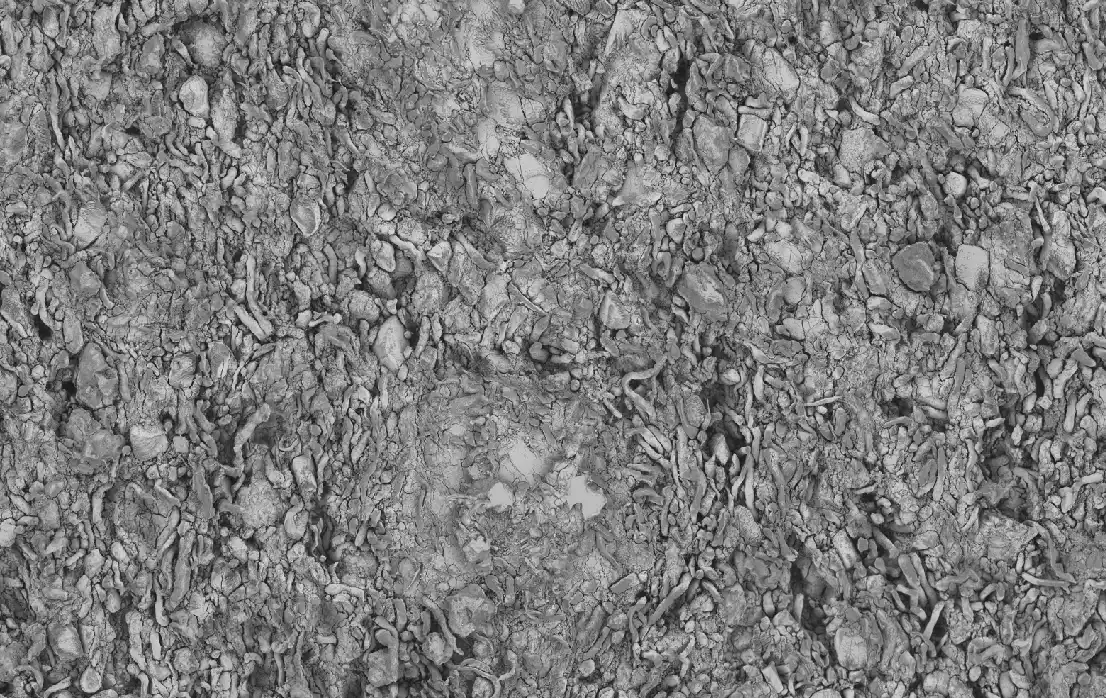Dry Powder Inhaler
Enhance dry powder inhalers with 3D X-ray & AI for superior particle analysis, boosting delivery efficiency and solving DPI challenges.

Issue
The development of dry powder inhalers (DPIs) is centered around successful particle engineering to ensure both good aerodynamic properties and efficacious delivery of the drug to the lungs. When spray drying and agglomeration techniques are used, they produce particles with complex morphologies not readily characterized with routine analytical techniques. The interaction between carrier and API is also essential to control. Without a way to probe and optimize these properties, costly pitfalls requiring troubleshooting will arise.
Common Challenges
- Limited techniques to quantify complex particle attributes that drive aerodynamic performance
- Challenges assessing the interaction between carrier and API
- Process and formulation optimization to achieve ideal DPI particle properties
- Lung anatomy specific understanding of powder delivery and flow properties



Solution
We’ve established a workflow for direct quantification of all DPI microstructure attributes key to performance. We apply a 3D synchrotron X-ray micro-CT workflow to visualize 1000s of DPI particles in a single scan, ensuring statistical representativeness not possible with other microscopies. For DPIs in particular, synchrotron X-ray provides greater clarity and accuracy for microstructural interactions where lab-based X-ray micro-CT systems can fall short. Use of advanced AI analytics allows quantification for all structural attributes, including particle size, surface area, shape, roundness, and porosity. Through a combination of advanced microscopies and spectroscopies, we can probe the interaction of carrier and API. These workflows enable a rapid determination of CQAs for formulation and process development, serving a critical step to ensure efficacious delivery. In addition to particle attributes, we provide image processing and quantification of patient lung anatomy for DPI flow modeling. We can also analyze device construction and dimensional uniformity
Our Approach
- 3D analysis of DPI powder microstructure CQAs
- Multi-resolution spectroscopic approaches to assess carrier-API interaction
- Correlation of DPI particle CQAs with process and formulation inputs
- Advanced image processing and digitization for patient specific lung anatomy collected with CT and MRI

Formulations
Studied

Transform Your Program with Microstructure Science
Get started with a drug product digital twin.


